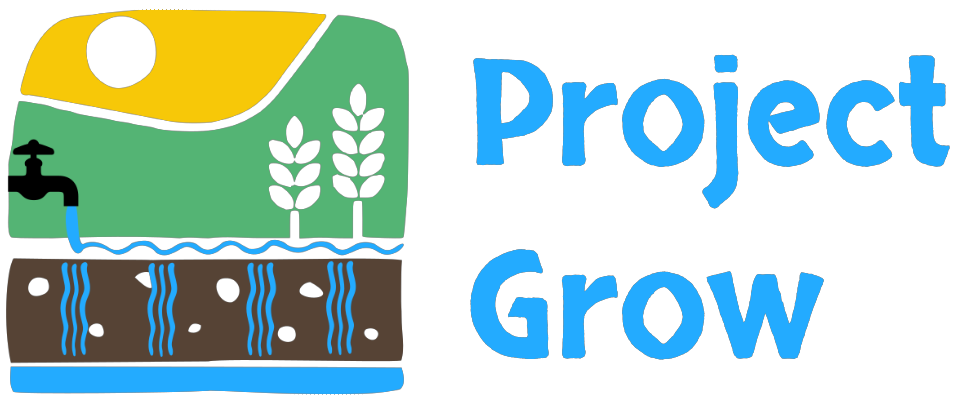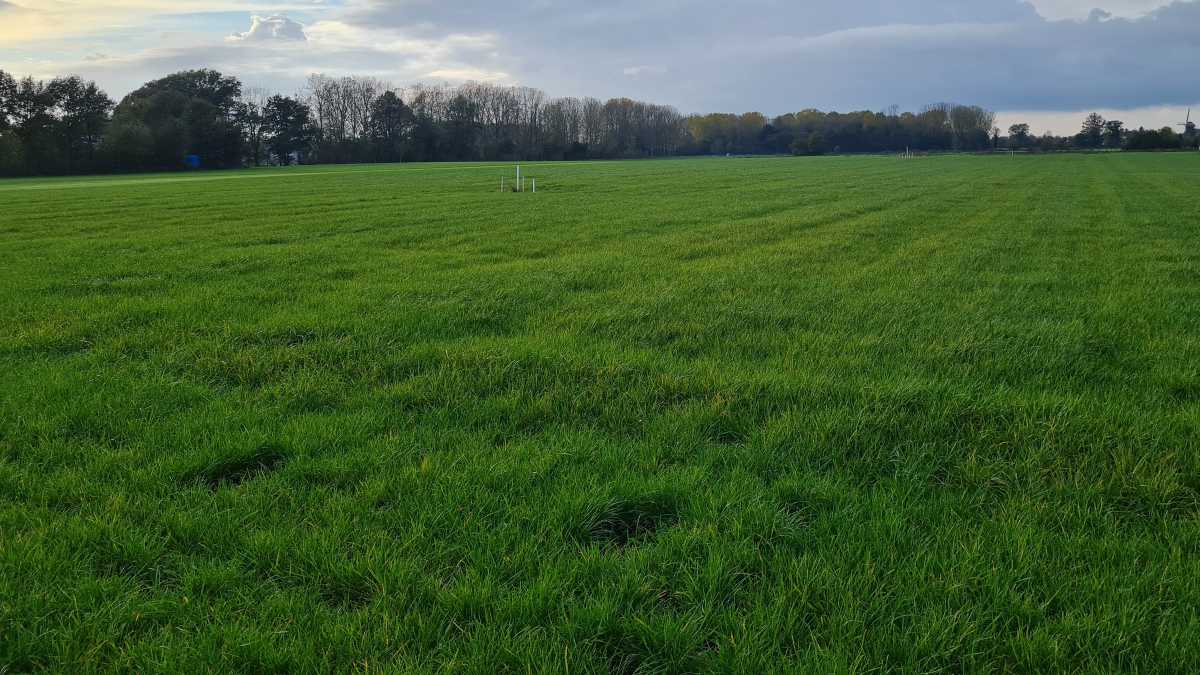Project GROW
Subirrigation
Subirrigation is a method of irrigation where water is delivered to the plant root zone from below the soil surface. This is typically achieved by using a network of pipes distributing water evenly across the field. The water then moves upwards through capillary action to reach the plant roots while part of it seeps deeper, reaching the groundwater table. Subirrigation offers several benefits, including water efficiency by minimizing evaporation and runoff, reduced labor due to less manual intervention, and improved plant health by delivering water directly to the root zone. However, it also has drawbacks such as high initial costs for installation, the need for regular maintenance to prevent clogging, and limitations based on soil type, as it works best in soils with good capillary action like sandy loam or loamy soils.
Overall, subirrigation is a highly efficient irrigation method that can offer significant benefits in terms of water conservation and plant health, but it requires careful planning and maintenance to be effective.
Treated wastewater
Treated wastewater, also known as reclaimed or recycled water, is wastewater that has been processed and treated to remove contaminants. This alternative water source is gaining popularity as a sustainable solution to address water scarcity and reduce the demand on freshwater resources.
Benefits and Drawbacks
Treated wastewater offers several benefits, including water conservation by reducing the demand on freshwater sources, supporting sustainable water management practices, and being cost-effective, especially in areas with limited water availability. Additionally, it often contains nutrients such as nitrogen and phosphorus, which can benefit agricultural crops by reducing the need for additional fertilizers. However, there are also drawbacks to consider, such as public perception issues due to concerns about safety and quality, high infrastructure costs for treatment and distribution systems, regulatory compliance complexities, and the potential presence of residual contaminants that must be carefully managed to prevent adverse effects on health and the environment.
Overall, treated wastewater is a viable and sustainable alternative water source that can help address water scarcity and promote efficient water use. However, it requires careful management, public education, and investment in infrastructure to be effectively integrated into water resource management strategies.

